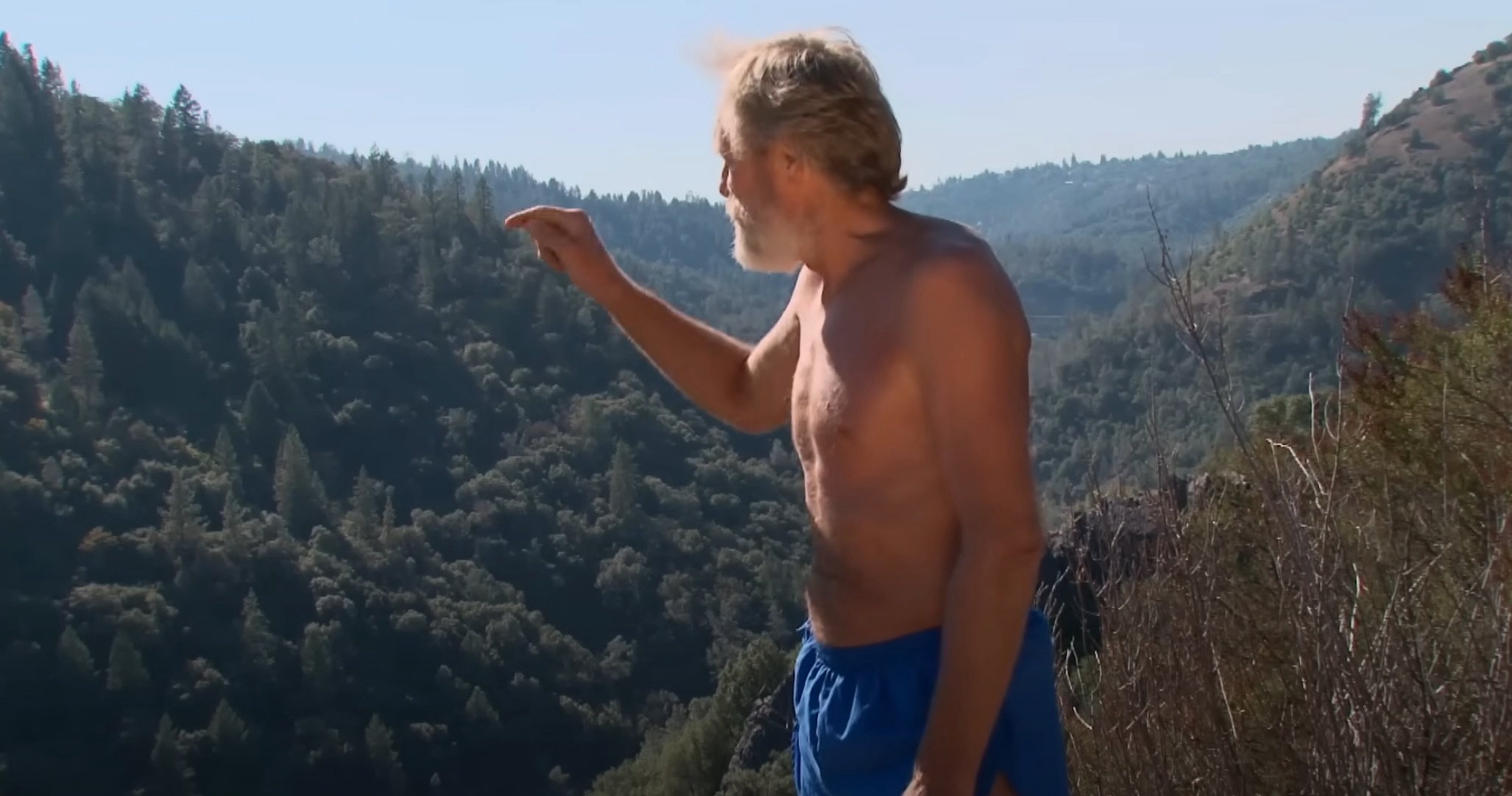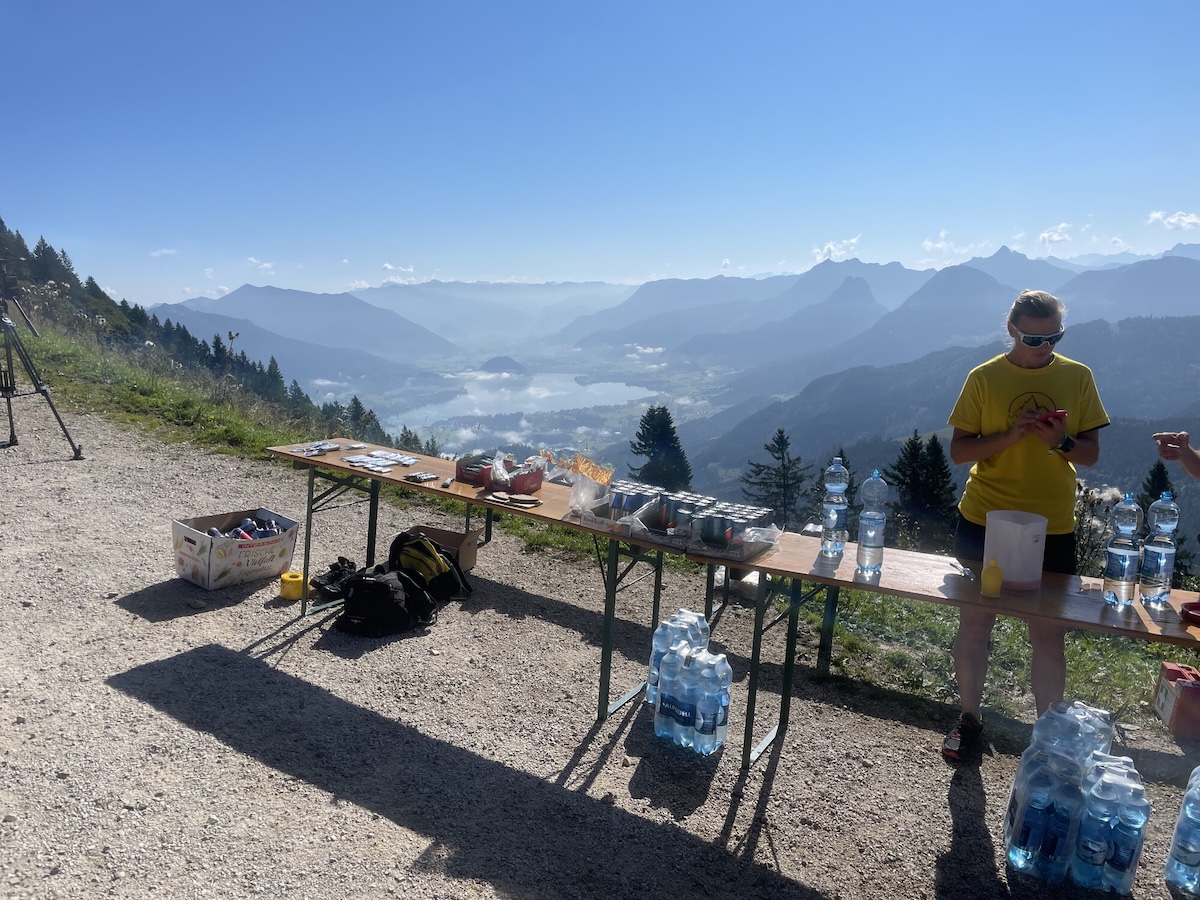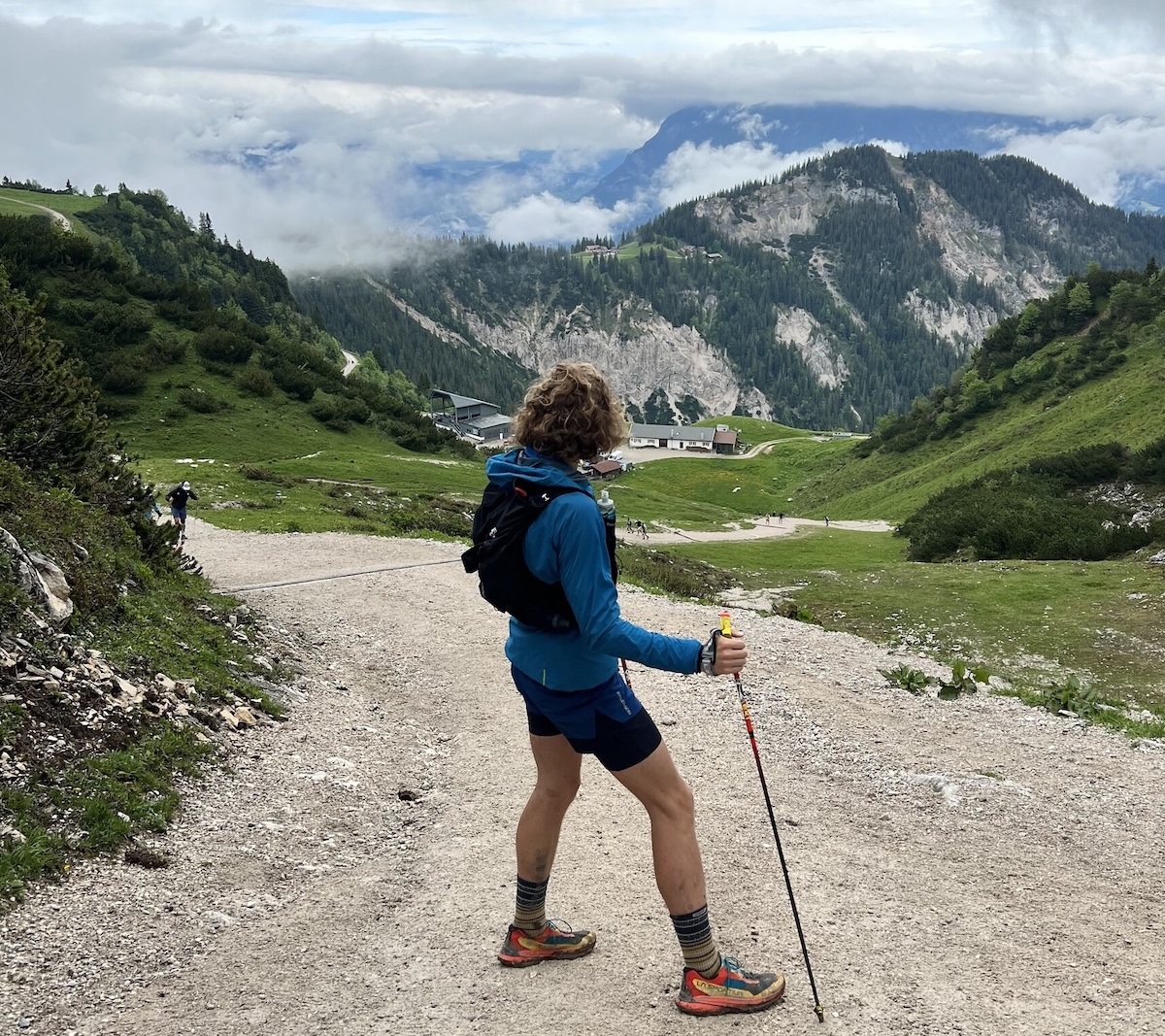The Western States 100 Endurance Run
Status: 8 Tickets for the 2026 lottery – drawn in December of 2025. (What does this mean? Read on!)
This 100-mile foot race has captured the imagination of ultra runners around the world for decades. But it was started in 1955 as a race for horses. In 1974, a man named Gordy Ainsleigh joined the horses in order to see if he could do it running. He reached the finish line within the 24-hour limit of the horse race.

Over the next few years the racing event was established and in the late 1970s mostly took on the shape it has today. It was one of the first 100-mile foot races in the world.
This historical aspect, the beautiful countryside between the start in Olympic Valley (near Tahoe City) and Auburn (45 minutes northeast of Sacramento), along with its notorious heat, famous Rucky Chucky river crossing, No-Hands Bridge, and track lap finish have made it a popular race for many.
To keep the vibe of the race alive, but also to comply with the National Park regulations, there’s a limit of exactly 369 entrants. Meanwhile, the number of runners who would like to come to fulfill their dream here in California approaches five figures, tendency growing.

The organizers of the race came up with a smart way to choose which applicants will get to race each year. It’s a weighted lottery, but you need to qualify for the lottery each year you want to enter. The more often you do that, the bigger your chances of getting in. By the way, of the 369 slots there are only around 270 accessible to the public via this lottery. The rest is for professionals, board members, and other VIPs.
In order to qualify for the lottery, you need to run a difficult ultra trail race of at least 100 kilometers (62 miles) of distance and plenty of elevation. It can’t just be any race, it needs to be one of the approved list which the staff publish every year. The list is long, though. There’s a race for everyone, everywhere on the planet. Most of these races have special qualifying time standards, also set by the Western States team. On the easier ones, you need to be faster than the official finish line cut-off those race officials have set.
You need to be ambitious and have a bit of experience in the trail and/or ultra world, but it’s not absolutely unreachable to finish one of these qualifying races.
Each year you do so, you can enter the lottery drawing taking place in Olympic Valley in the beginning of December. If you happen to lose the drawing and run another qualifying race to enter a year later, your name will appear twice as often in the lottery box as last time you tried. You will get twice as many “tickets”.
You would think that this also doubles your chances, but that’s not the case, because the number of total participants in the drawing tends to grow larger every year and many of them will have doubled their tickets, too.
Currently, it’s a safe bet to say that it will take nearly a decade to finally get drawn and be allowed to run this awesome race.
I was vaguely aware of the race for quite some time, because once you start hanging out with trail runners, the words “Western States” are bound to be uttered at one point. The movie from which I’ve taken those two shots above was recommended to me early on, too. I loved it. Watch it for free on Youtube and witness your opinion on 100-mile races change.
It seemed very far away for me. But when I ran my first trail marathon in the Alps and learned how beautiful it can be to run through the mountains for hours, not really caring about the finishing time but just enjoying the activity and surroundings, making sure to be able to continue on for as long as possible, I started wondering. Can I run longer? Maybe even a 100k? Why not try. So I did and I succeeded. On a flat route at first. Then, the pandemic hit and in the meantime I formed the plan to run one of the qualifying races. A supposedly easier one. Maybe it will go well – you can’t know unless you try.
2021: Mozart 100. Qualifier #1 ✅
Allowed finishing time: 22:00 hours
My finishing time: 17:29 hours
Turns out, running and finishing Mozart 100 in 2021 within the time standards set by Western States was absolutely amazing. Although an extremely hard thing to pull off, I felt like I was on the right path.

It started out as a test. But my result at Mozart convinced me that I stood a real chance. So after inevitably losing at the lottery drawing of that year, I kept going.
2022: Festival des Templiers. Qualifier #2 ❌
Allowed finishing time: 19:00 hours
My finishing time: DNF
As you can read in my blog post on the race, I just couldn’t find my rhythm that day. The shoes failed me, the technical difficulty of the trails was too much, the aid stations sparsely stacked, and I just didn’t arrive in Millau, France with enough energy. I was sad about that, but I also felt like this was a one-off disappointment.

2023: Lavaredo Ultra Trail 120K. Qualifier #2 ✅
Allowed finishing time: 26:00 hours
My finishing time: 25:27 hours
A close call, yes! This was by far the hardest race I had done up until that point. Not just the 120 kilometers, but also the nearly 6,000 meters of elevation gain and general high altitude brought me to my knees. But I made it to the end in time. Read the detailed blog post about it here. With two tickets in the Western States lottery pot I now had a theoretical chance of about 1.5 percent to win a race entrance. But, surprise, I didn’t! The journey continues.

2024: Zugspitz Ultra Trail. Qualifier #3 ✅
Allowed finishing time: 25:00 hours
My finishing time: 19:00 hours
This time, I came well prepared and had just crushed my dream goal of a sub three hour marathon. In addition to more focused hill and strength training, I was just in the right mindset. It felt like I knew my way around these ultras by now. So my result wasn’t just far better than was necessary, I also placed 187th of 476 male finishers. Of course I was still absolutely exhausted after the 105 kilometers including about 5,500 meters of gain. Unfortunately, due to the growth of interest in Western States, my chances had now increased from 1.5% to just 1.7% despite my tickets doubling! Expectedly, at the end of 2024 I lost at the lottery for the third time.

2025: Tuscany Crossing 103k. Qualifier #4 🔜
In April of 2025 I went back to Italy, but this time to the picturesque Tuscany region instead of the Dolomites. Very different surroundings. Rolling hills instead of snow-covered mountains. The altitude exceeded 1,000 meters just once, for a total of 3,600 meters of gain plus equal the amount of loss over 103 kilometers. I landed at 13:22 hours, placing 40th male of 172 male finishers (blog post coming soon). It surely was no walk in the park, but by far the easiest Western States qualifier race I have yet done. To qualify, a finish in under 21 hours was required – and that I hit out of the park. A race to someday repeat!
Fingers crossed for the drawing in December of 2025, with 8 tickets to my name this year.
The journey continues, and to be frank it’s not just about Western States anymore. I’m happy to have found this anchor which makes me want to race in these beautiful places and grow as a runner and person. One day I’m sure I’ll stand at the starting line of Western States, but I don’t really care how long it’ll take until that point. I’m just happy to be able to do this.